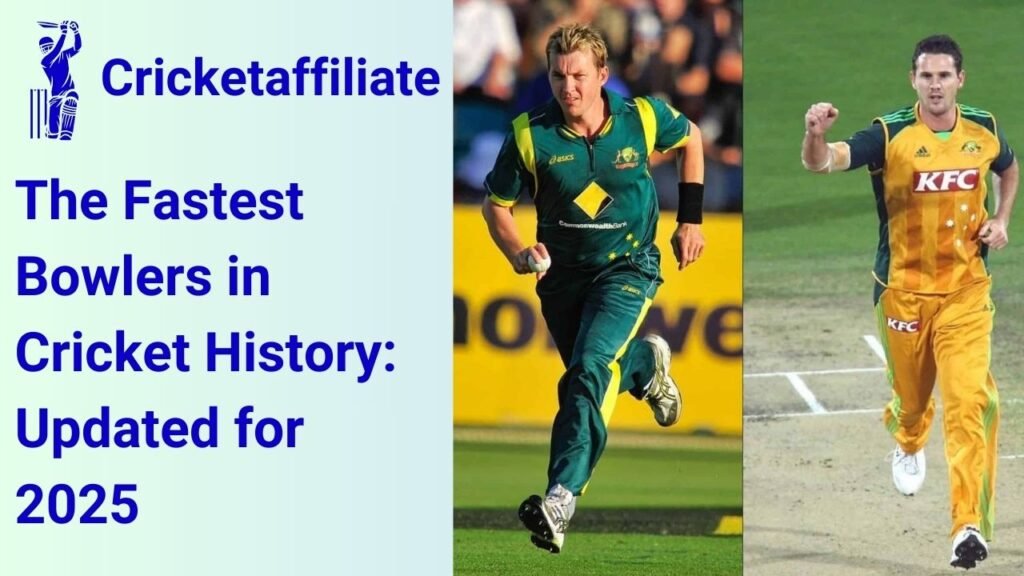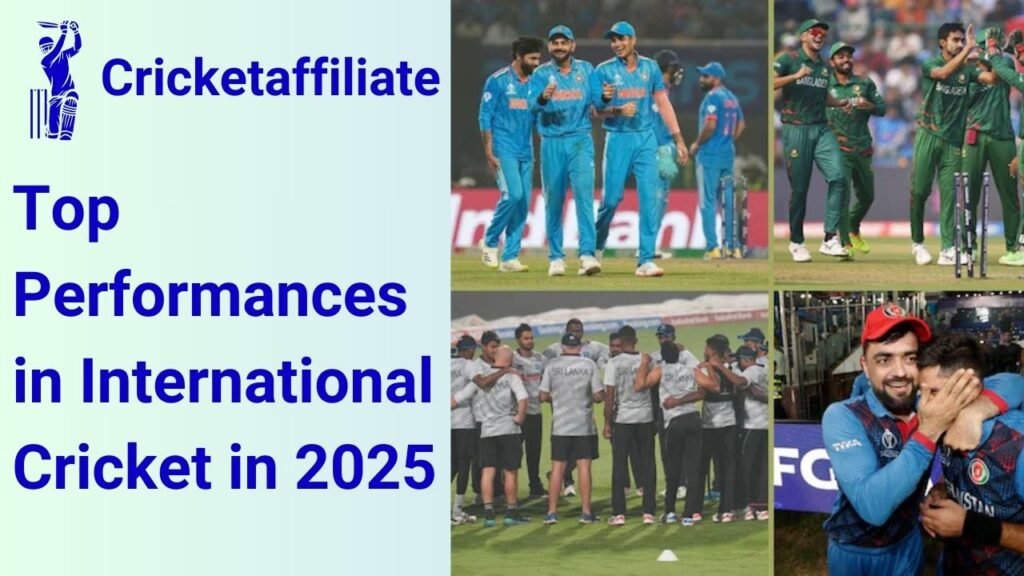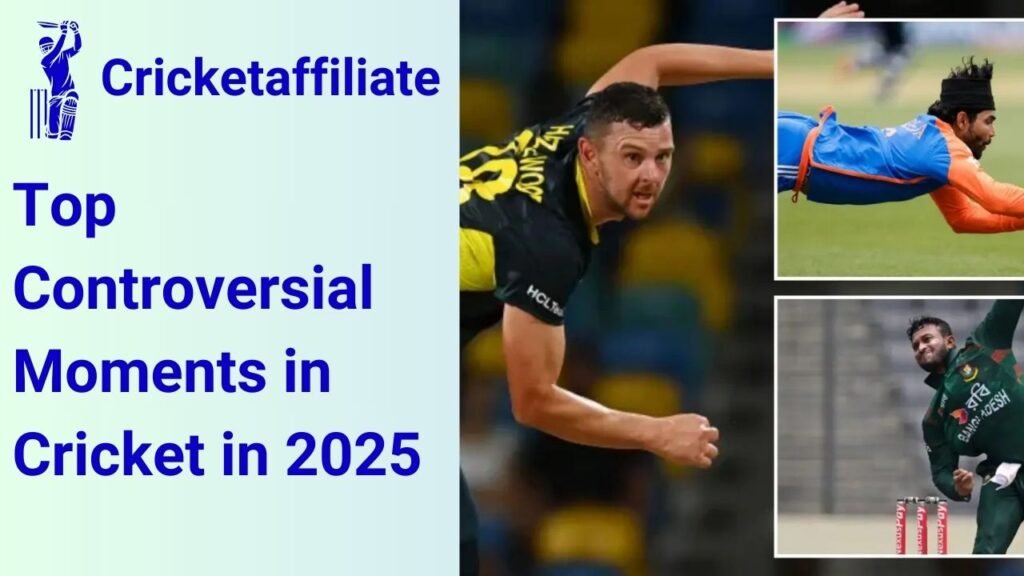Cricket has always been a game of skill, endurance, and strategy, but nothing electrifies a crowd like a fast bowler charging in with raw pace. Over the decades, the cricketing world has witnessed some incredible athletes who have pushed the limits of speed, leaving batsmen trembling and fans in awe. This article explores The Fastest Bowlers in Cricket History: Updated for 2025, focusing on legends of the past and rising stars who continue to set the stage alight. Whether you’re a cricket fan, a budding bowler, or just curious about the game’s finest speedsters, this guide has you covered.
Why Pace Bowling Captures the Imagination of Cricket Fans
Pace bowling holds a special place in cricket because of its ability to dominate and dictate play. The sheer speed of the ball combined with bounce, swing, and accuracy makes a fast bowler a potent weapon. It’s not just about clocking high speeds—it’s about unsettling batsmen, creating opportunities for wickets, and turning the game in a matter of overs.
Fast bowlers have historically been a symbol of intimidation. Watching them tear down the pitch at breakneck speed is a spectacle that unites fans across all formats of cricket. In today’s modern game, advancements in training and technology have allowed bowlers to sustain higher speeds for longer spells.
How Speed is Measured in Cricket
Measuring the speed of a delivery in cricket involves radar guns placed near the bowler’s end. These devices calculate the ball’s velocity at the point of release, giving us accurate speed records. The evolution of technology ensures we can now capture and analyze the fastest deliveries with precision. Speeds exceeding 150 km/h (93 mph) are rare, making those who achieve them true outliers in the sport.
Table: Fastest Recorded Deliveries in Cricket History
| Bowler Name | Speed (km/h) | Country | Era |
|---|---|---|---|
| Shoaib Akhtar | 161.3 km/h | Pakistan | 2003 (vs England) |
| Brett Lee | 161.1 km/h | Australia | Early 2000s |
| Shaun Tait | 161.1 km/h | Australia | 2010 (vs England) |
| Mitchell Starc | 160.4 km/h | Australia | Modern Era (2022) |
| Jeff Thomson | 160.6 km/h | Australia | 1970s |
Shoaib Akhtar – The Rawalpindi Express
Known as the “Rawalpindi Express”, Shoaib Akhtar holds the title for the fastest delivery ever bowled in cricket history—clocking an astounding 161.3 km/h against England in the 2003 World Cup. Akhtar’s pace wasn’t just about speed; his toe-crushing yorkers and sharp bouncers left a mark on batsmen worldwide. Despite frequent injuries throughout his career, Shoaib’s fiery spells remain legendary.
Akhtar also had a flair for entertainment, with his unique celebrations and unapologetic aggression. Beyond his records, he inspired a generation of Pakistani fast bowlers to dream big.
Brett Lee – The Australian Speedster
Few bowlers matched the consistency and sheer speed of Brett Lee during his career. Hailing from Australia, Lee’s fastest delivery of 161.1 km/h ensured his spot among the fastest bowlers of all time. Known for his charming smile and lethal bouncers, Brett was a crucial part of Australia’s dominant era in world cricket.
Lee’s ability to swing the ball at high speeds made him an all-format asset. His memorable duels with batsmen like Brian Lara and Sachin Tendulkar are etched in cricket history.
Shaun Tait – Unpredictable but Deadly
Nicknamed “The Wild Thing,” Shaun Tait was famous for his unpredictable bowling. His fastest delivery, also clocking 161.1 km/h, was recorded during an ODI against England in 2010. Tait’s career was marred by injuries, but on his day, he was unplayable.
Tait’s slingy bowling action and raw speed earned him accolades, but his short spells meant he was more effective in white-ball cricket. Despite retiring early, his impact remains significant.
Mitchell Starc – A Modern-Day Pace Phenomenon
Australia’s Mitchell Starc continues to rewrite the rules of fast bowling in the modern era. His fastest delivery of 160.4 km/h, achieved in 2022, proves that Starc is not only a speedster but also one of the most accurate bowlers in the game.
Starc’s ability to bowl inswinging yorkers at high speeds makes him a nightmare for batsmen. His performances in ICC tournaments have been particularly remarkable, cementing his place among the legends.
Jeff Thomson – The Original Speed Demon
Australian legend Jeff Thomson was among the first to terrorize batsmen with extreme pace. His fastest delivery, recorded at 160.6 km/h in the 1970s, was achieved using rudimentary measuring devices, yet his speed was undeniable.
Thomson’s unconventional, slinging action gave him a unique advantage, making it difficult for batsmen to pick his deliveries. Alongside Dennis Lillee, Thomson formed one of the most fearsome bowling partnerships in cricket history.
Modern Training Techniques: What Fuels Today’s Speedsters
Cricket has evolved immensely, and so have the methods used to develop pace bowlers. Modern players rely on:
- Strength Training: Building core and lower-body strength for explosive power.
- Biomechanics Analysis: Correcting bowling actions to reduce injuries while increasing speed.
- Fitness Regimens: Focusing on endurance to sustain pace through longer spells.
Technological advancements like motion sensors and AI-driven analysis have played a significant role in optimizing performance.
Rising Stars: Future of Fast Bowling
As of 2025, several young bowlers are showing immense potential to dominate the pace-bowling charts. Some names to watch include:
- Naseem Shah (Pakistan): Known for his sharp pace and ability to move the ball.
- Umran Malik (India): Dubbed the “Indian express,” Umran has already clocked speeds exceeding 157 km/h.
- Jofra Archer (England): If he remains injury-free, Archer’s pace and precision make him a game-changer.
These players represent the future of fast bowling, promising a new era of breathtaking speed.
FAQs About The Fastest Bowlers in Cricket History
1. Who is the fastest bowler in cricket history?
Shoaib Akhtar holds the record for the fastest delivery in cricket history, clocking 161.3 km/h in 2003.
2. How is bowling speed measured in cricket?
Bowling speed is measured using radar guns positioned near the pitch to capture the ball’s velocity at the point of release.
3. Can modern bowlers break Shoaib Akhtar’s record?
With advancements in training and technology, it’s possible, but achieving speeds over 161 km/h remains a rare feat.
4. Who are the fastest bowlers in the current cricketing era?
Mitchell Starc, Jofra Archer, and Umran Malik are among the fastest bowlers active in cricket as of 2025.
5. What are the risks associated with fast bowling?
Injuries like stress fractures, shoulder issues, and hamstring strains are common due to the high physical demands of fast bowling.
6. How can young bowlers improve their pace?
Focus on strength training, proper biomechanics, and a consistent fitness routine to build speed and endurance.
7. What is considered a fast delivery in cricket?
Any delivery over 145 km/h is considered fast, while speeds exceeding 150 km/h fall into the express pace category.
8. Who were the first recognized fast bowlers in cricket history?
Early pioneers of fast bowling include Fred Spofforth and Frank Tyson, who set the benchmark for speed in cricket’s formative years.
Conclusion: The Legacy of Fast Bowling
Fast bowling is not just a skill; it’s an art that combines speed, precision, and mental toughness. The Fastest Bowlers in Cricket History: Updated for 2025 highlights the greats who have redefined the game with their blistering pace. From the records of Shoaib Akhtar and Brett Lee to the rising stars like Umran Malik, the tradition of pace bowling remains a cornerstone of cricket.
For aspiring bowlers, the journey to bowling fast starts with dedication, proper training, and a love for the game. The legacy of fast bowlers will continue to inspire future generations, ensuring cricket retains its thrilling pace for years to come.



